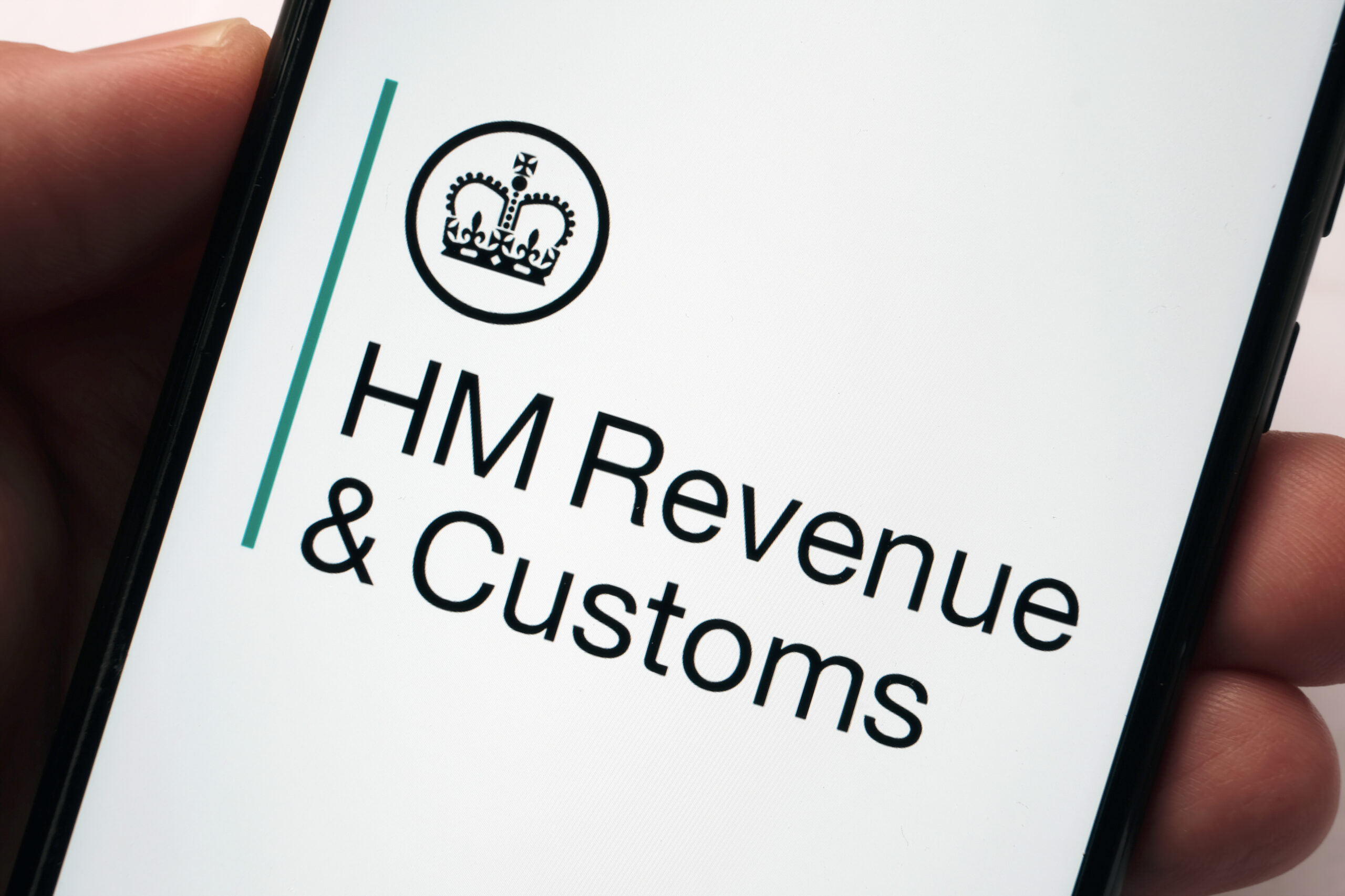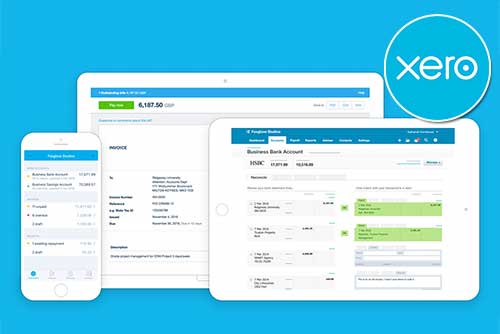What is a Direct Cost?
Understanding the concept of direct costs is crucial in business and finance. But what exactly is a direct cost?
In this article, we’ll delve into what direct costs are, explore examples, and discuss their significance in business operations.
Understanding Direct Costs
Direct costs, also known as variable costs, are expenses directly attributable to the production of a specific good or service. These costs are incurred only when a product is manufactured or a service is delivered and can be easily traced back to the production process.
Examples of Direct Costs
- Raw Materials
- Direct Labour
- Manufacturing Supplies
- Utilities
- Direct Overhead
What’s the Difference Between Fixed and Variable Direct Costs?
Fixed direct costs are expenses directly attributable to the production of goods or services that remain constant regardless of changes in production volume. These costs do not fluctuate with the level of output and are incurred irrespective of whether production increases or decreases. Examples of fixed direct costs include the salaries of permanent production staff, depreciation on production equipment, and rental expenses for production facilities.
Variable direct costs are expenses directly tied to the production of goods or services that fluctuate in direct proportion to changes in production volume. These costs increase or decrease as the level of production activity changes. Examples of variable direct costs include raw materials, direct labour wages, and production supplies.
What’s the Difference Between Direct and Indirect Costs?
Direct costs are expenses that can be directly traced to the production of goods or services. These costs vary with the level of production and are incurred only when a product is manufactured or a service is delivered.
On the other hand, indirect costs are expenses that are not easily attributable to a specific product or activity but are necessary for the overall operation of the business. Examples of indirect costs include utilities, rent, administrative salaries, and depreciation on equipment.
Importance of Direct Costs in Business
Accurate Cost Estimation
Understanding direct costs is crucial for accurately estimating the cost of producing goods or services. By identifying and analysing direct costs, businesses can develop realistic budgets and pricing strategies to ensure profitability.
Cost Control
Effective management of direct costs through optimisation of resources, streamlining processes, and negotiating supplier contracts can lead to cost savings and improved profitability.
Pricing Decisions
Businesses must consider direct costs along with indirect costs and desired profit margins when setting prices to ensure competitiveness in the market while maintaining profitability.
Performance Evaluation
By comparing actual direct costs to budgeted or standard costs, companies can identify areas for improvement and implement strategies to enhance operational efficiency.
Inventory Valuation Measurement
When valuing inventory, direct costs are typically incorporated into the inventory cost to reflect the expenses incurred in bringing the inventory to its present condition and location. Different inventory valuation methods utilise direct costs in various ways to determine the value of inventory on hand:
First-In, First-Out (FIFO) Method
Under FIFO, direct costs incurred earliest are allocated to inventory first, followed by more recent costs. This method results in inventory being valued at the most recent direct costs incurred, providing a better reflection of current market prices.
Weighted Average Cost Method
The weighted average cost method is where the cost of inventory is calculated as the average cost per unit of all inventory items on hand. This average cost includes both direct and indirect costs incurred in production. By incorporating direct costs into the calculation, this method smooths out fluctuations in direct costs over time, providing a more stable valuation for inventory.
Key Takeaways
Direct costs play a pivotal role in accurate cost estimation, cost control, pricing decisions, and performance evaluation. They provide insights into the true cost of goods or services produced, guiding businesses in setting competitive prices while maintaining profitability.





















